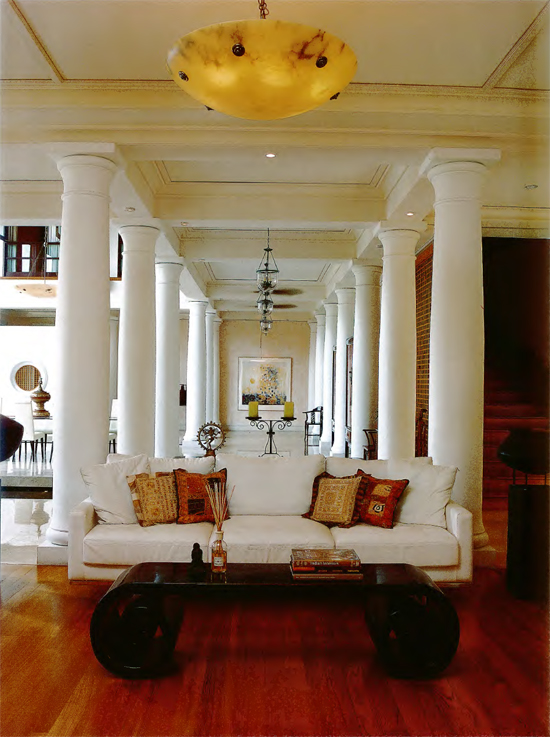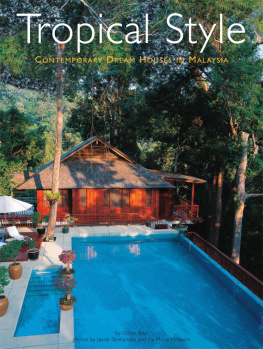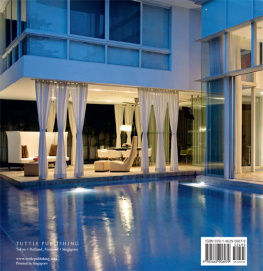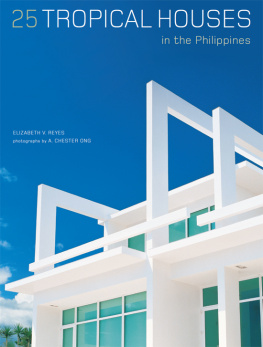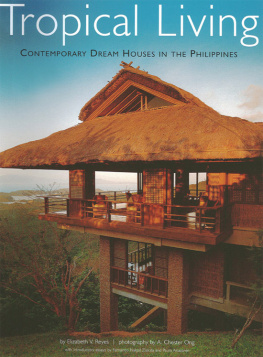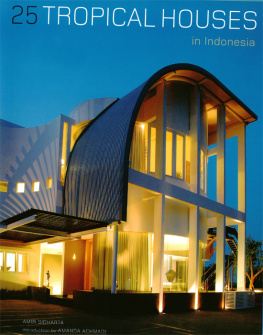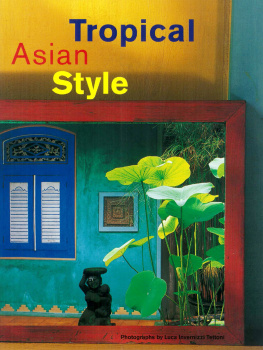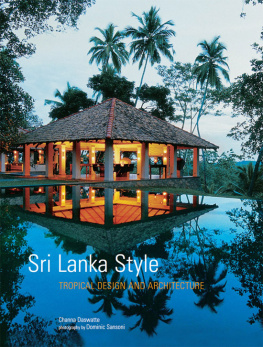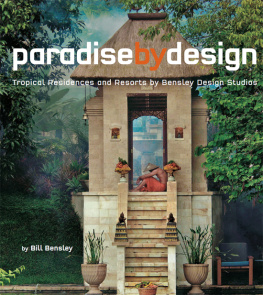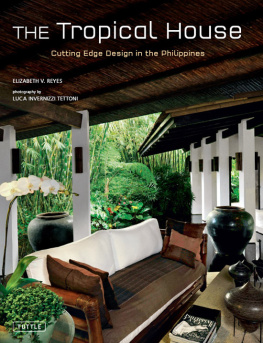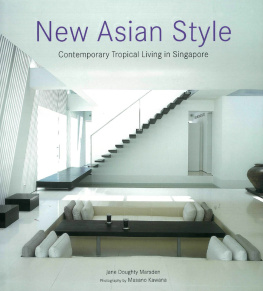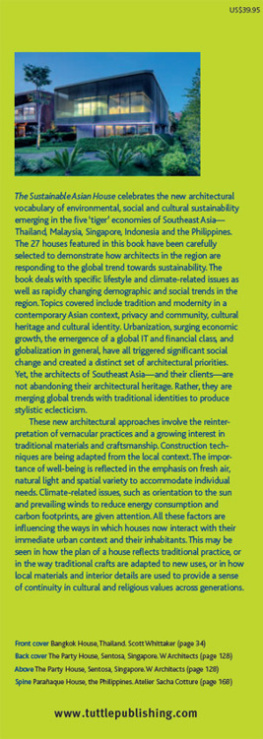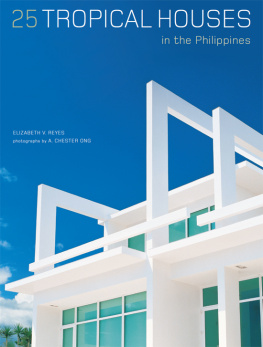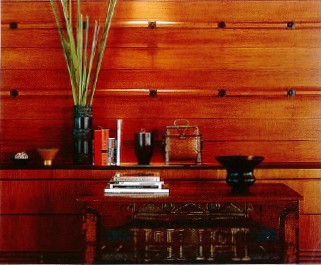
acknowledgements
The author, photographers and publisher would like to thank the following who opened their homes for photography: Richard Curtis; Gregory and Kim Dall; David and Asha Hashim; Dato' Ibrahim Hussein and Datin Sim; Lim In Chong; Geeta Lachmandas Jayabalan; Kamil and Alia Merican; Bill Keith; Farah Khan; Kam Pak Cheong; Dato' Kenneth Kolb and Datin Sophie; Khoo Salmah Nasution; Tony Lee and Catherine Lai; Frank Ling Lee Hua and Pilar Gonzales-Herraiz; NgSek San; Edric Ong Lian Bin; Rolf and Chai Schnyder; Shukri bin Shafie; Peter Tan; Lillian Tay; David Teh; YM Tengku Ismail bin Tengku Su; Anthony Too; YM Tunku Vic; jeffrey Wilkes and Simon Gan; David and Rebecca wilkinson; David winter; Margaret wong; Dr Peter and Mrs Manuela worm; Philip Yong; as well as those home owners who wish to remain anonymous.
Our deepest thanks also go to the staff and owners of the hotels, resorts and restaurants featured in this book, in particular: Adrian Brown, E&O Hotel; Peter Bucher, Tanjong Jara Resort; Jam ie Case, The Datai; Coliseum Caf; Bill Dixon, The Andaman, Lawrence Loh and Lin Lee Loh-Lim, Cheong Fatt Tze Mansion; Old China Caf; YM Raja Datuk Bahrin, A ryani Resort; Shook Restaurant; and lzan Yusuff, Group Director of Communications, YTL Hotels & Properties (Marina Bay Estates, Pangkor Laut Resort and Tanjong Jara Resort).
Special thanks also go to the following for their support during the preparation of this book: william Atyeo; Martin Axe; Soo K. Chan; Julian Davison; Guna and Malindra; Kim Inglis and Kevin McGrath; Leo Kuscher, Carcosa Seri Negara; Lim Teng Ngiom and Melisa wong; Philip Marchione and Donna Wong; Frank Pinckers; ian B. Semp; Donald Tan and Marina Foo; Uzma Nawawi; and Peter wynne.
contents
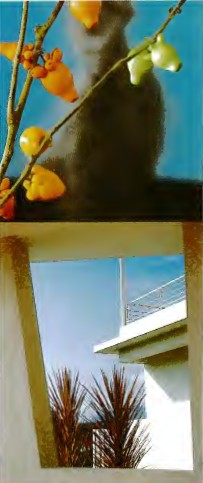
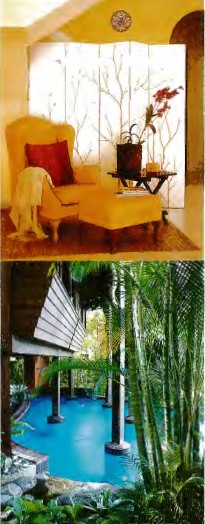
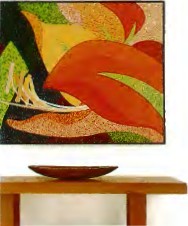
Published by Periplus Editions, with editorial offices at and 61 Tai Seng Avenue, #02-12, Singapore 534167.
Copyright 2003 Periplus Editions (HK) Ltd Photos
2003 Jacob Termansen
LCC Card No. 2004555100
ISBN: 978-1-4629-0621-5 (ebook)
All rights reserved. No part of this publication may be reproduced, stored in a retrieval system or transmitted in any form or by any means, electronic, mechanical, photocopying, recording or otherwise Without prior permission of the publisher.
Distributors:
North America, Latin America & Europe
Tuttle Publishing
364 Innovation Drive
North Clarendon, VT 05759-9436 U.S.A
Tel: 1 (802) 773-8930
Fax: 1 (802) 773-6993
info@tuttlepublishing.com
www.tuttlepublishing.com
Asia Pacific
Berkeley Books Pte Ltd
61 Tai Seng Avenue, #02-12
Singapore 534167
Tel: (65) 6280-1330;
Fax: (65) 6280-6290
inquiries@periplus.com.sg
www.periplus.com
Japan
Tuttle Publishing
Yaekari Building, 3rd Floor
5-4-12 Osaki
Shinagawa-ku
Tokyo 141 0032
Tel: (81) 03 5437-0171
Fax: (81) 03 5437-0755
tuttle-sales@gol.com
pb 10 09 08 07 5 4 3 2
hc 10 09 08 5 4 3 2 1
Printed in Hong Kong
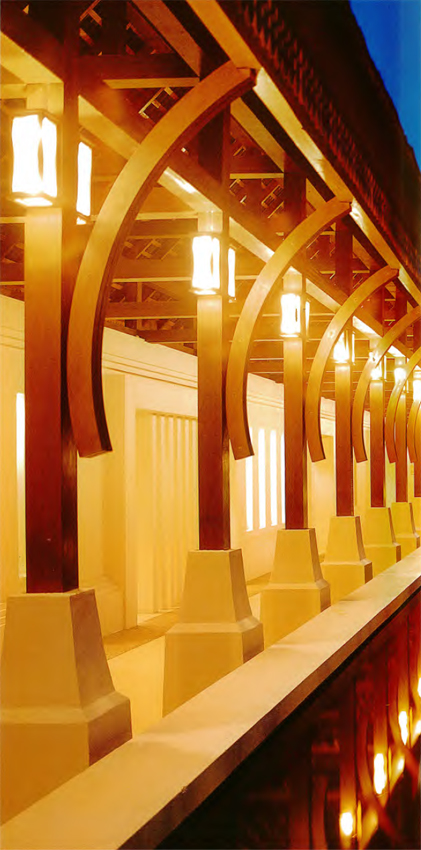
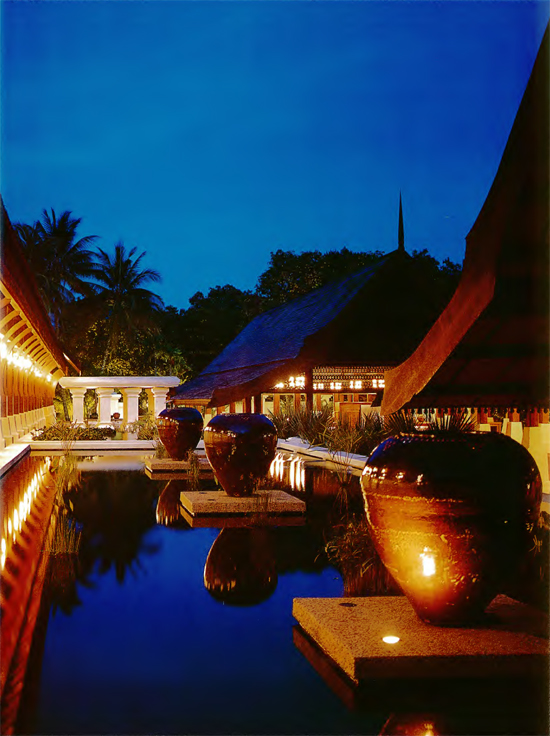
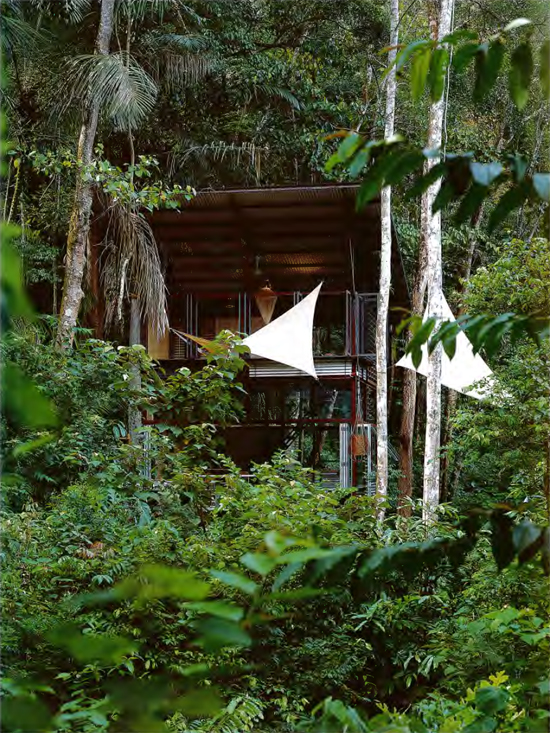
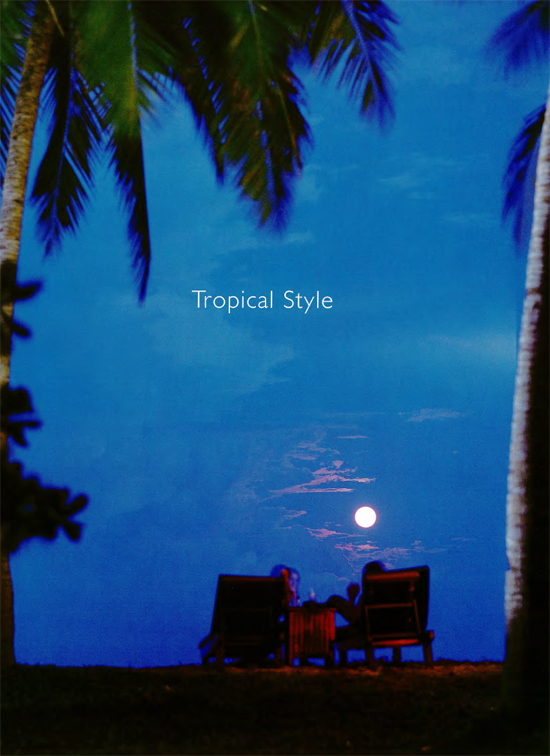
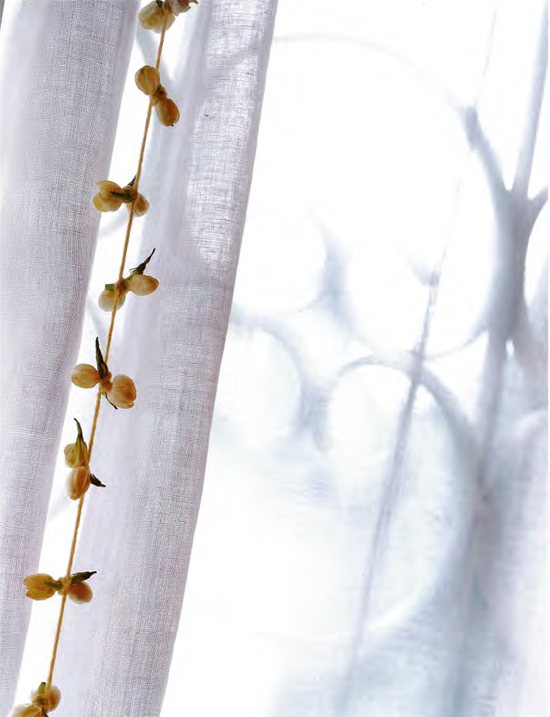
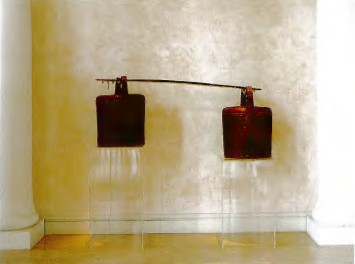
Malaysian dream
houses
An advertisement by the Malaysian Tourist Promotion Board is playing on the television. While pictures of pristine beaches and traditional fishing villages on stilts skim by, the voice-over states, "I've found the best of Asia in Malaysia. Malaysia: truly Asia." Despite the cliche, this tag-line goes a long way towards illustrating how so many aspects of Malaysian life, including its architecture and interior design, draw on influences from around the entire Asian region, and indeed the world.
The quest for a national identity in architecture is a subject that has received much soul-searching. Malaysia is a modern nation with a diverse cultural heritage. Trying to define an identity in an environment where indigenous cultural forms vie with the forces of modernism and the latest international style trends, has been one of its main challenges. "What is Malaysian style?" is a quest ion constantly being posed by architects and designers, new home owners, politicians, and the style gurus who define the modern culture.
In a multicultural, multiracial society such as Malaysia, the answer is, of course, that the style of the country is the sum of its many parts. It is an amalgam of centuries-old traditions and influences that have been assimilated throughout the country's long and varied history. "The interaction between foreign and indigenous ideas has provided the country with a rich architectural heritage, and the evolution of this has resulted in the development of an equally engaging contemporary architecture," notes Ken Yeang, one of Malaysia's most renowned architects, in his pioneering book The Architecture of Malaysia (1992).
